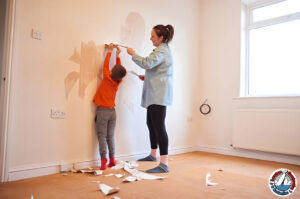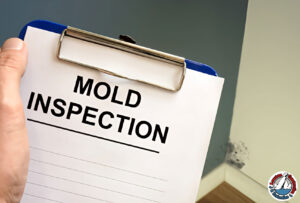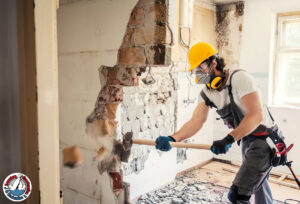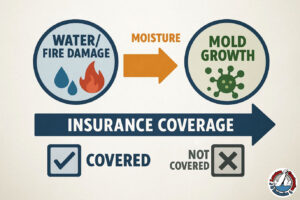Flash Flood Safety Tips | How to Stay Safe in a Flash Flood

Flash floods can be dangerous events, so it’s important to have a plan in advance. Let’s look at some basic safety steps for you and your family.
The power of a flood can be overwhelming. It’s easy to take for granted just how powerful water can be – until it is running uncontrolled in an area where it is not usually seen. A fire may look more dramatic when it sweeps through an area, but a flood has the potential to do just as much damage.
Not only can floods devastate property and destroy belongings, but they can also endanger lives. As is always the case with a natural disaster, your first concern during a flood should be for your own safety and the safety of those around you. Let’s take a look at some flood safety basics in this post.
Don’t Underestimate the Danger
The danger of a fire tearing through your home is obvious, and you can also understand the threat posed by a falling tree in a windstorm. But you might not take seriously the grave danger posed by floods, since it seems like there would be time to avoid rising water as it moves in.
That simply isn’t the case. In fact, it’s not uncommon for more than 100 people to die in the United States in a given year during floods and flash floods. This is always a serious situation when it takes place, and it is something that can turn fatal in a hurry if the right precautions are not taken.
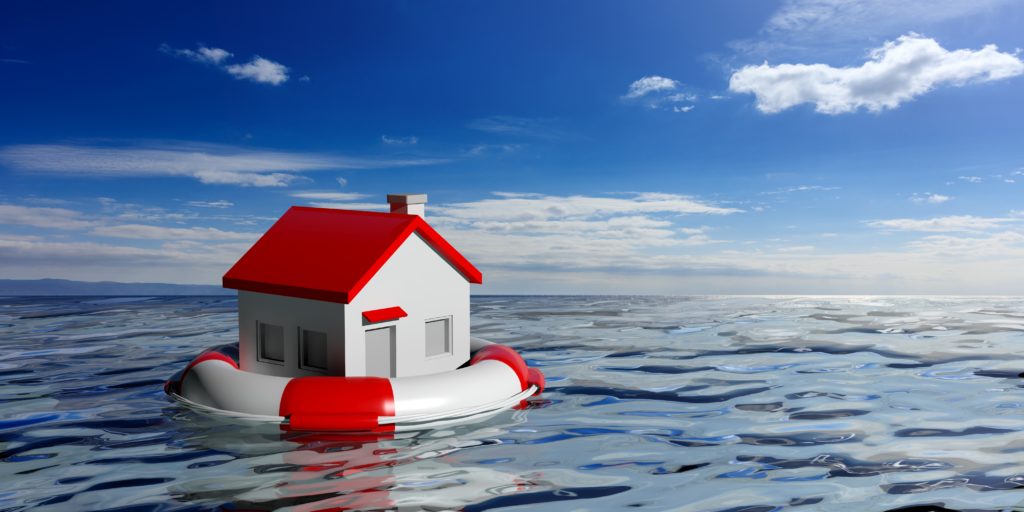
Acquire Knowledge in Advance
If your house is located in a flood zone, it’s important to do some planning and learning in advance of any flooding threats taking place. Investing a little bit of time and effort to learn the basics of how floods work in your area can go a long way toward improving your safety.
Here are some points to consider during this process –
- Determine where higher ground is located near your home and how you could quickly reach that area in the event of a flood.
- Make sure everyone in the family understands where higher ground is and how you plan to get there.
- Create a list of essential items that need to be taken with you in the case of such an evacuation. Things like important documents and essential medicines should be on that list.
- Create an emergency kit with water and non-perishable food that can be stored in a specific spot in your home.
That list might look intimidating, but you could actually work through those points rather quickly. There will be significant peace of mind available in knowing that you have prepared for a flood and are ready to act should such an event take place.
What to Do Before a Flood
There is a good chance that you will have at least some warning before a flood takes place. By paying attention to the local weather forecasts, you’ll know when significant rains are going to move into the area, and you’ll hear that a flood is possible.
During those times, you should stay tuned to the news through the TV or radio, and you should be taking some steps to prepare to leave, if necessary. Specifically, you can gather up your medications and documents, and make sure the bag you packed for this kind of emergency is ready to go.
Also, if it seems likely that you will need to evacuate in the coming hours, take some time to prepare your home for this event (as long as you have time to do so safely). These steps can include closing all of the doors and windows, boarding up the ground floor, and shutting down the electricity and gas.
What to Do During a Flood
Ideally, you will have enough time to depart your home in a vehicle and get to higher ground before the floodwaters move in. It’s always better to play it safe in a situation like this and evacuate prematurely than to wait too long. After all, if you evacuate and the flood never materializes, you lose very little. On the other hand, if you wait too long and can’t get away, you can lose everything.
If you are unable to evacuate your property before the flood arrives, getting to the highest point possible should be your next goal. That might mean getting to the attic or roof, or even going up in a tree. Surviving flood waters is not the same as swimming in a pool – there are powerful currents and dangerous debris to deal with, and the possibility of live electricity. You want to stay out of the water if at all possible, so get as high as you can right away. If it’s possible to call for help, do so, and keep an eye out for others that may need assistance.
What to Do After a Flood
The damage left behind after a flood can be shocking. If you spend time away from your property while the floodwaters came and went, returning to see the damage is a potentially traumatic experience. As much as you might be anxious to go inside and see what damage has been done, always wait for the building to be deemed safe by a professional before you proceed.
Everything will need to be thoroughly aired out after a flood has moved through your home. The formation of mold is highly likely in this situation, so work with professionals such as the team at Lawton Construction and Restoration, Inc. to take whatever steps are necessary to make your home safe and livable once again.
The Lawton Difference
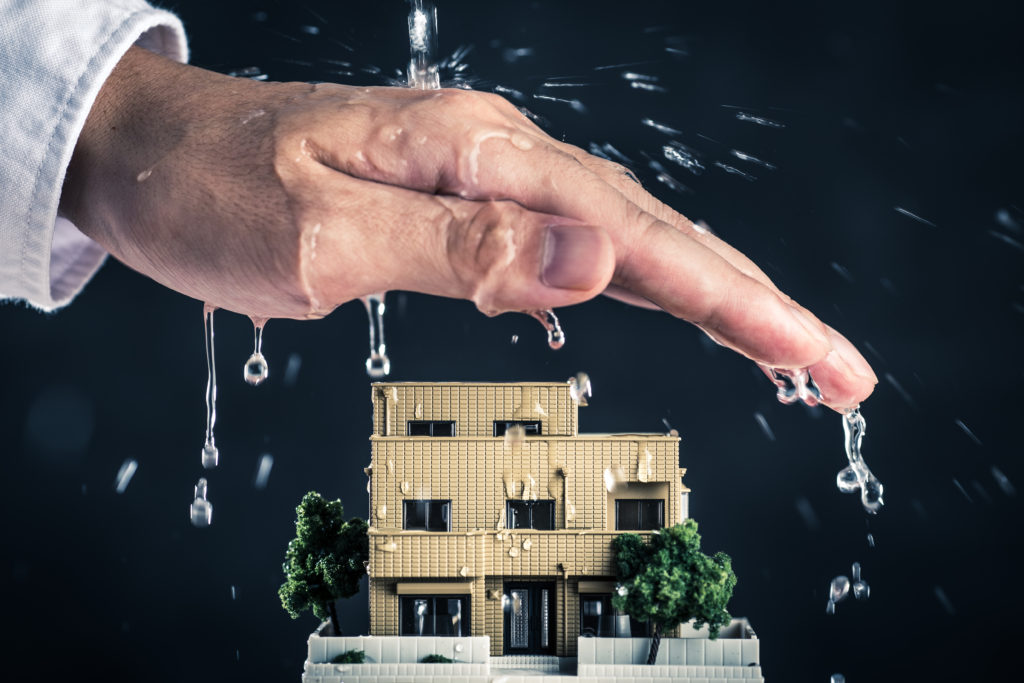
With decades of experience in this industry, Lawton Construction and Restoration, Inc. is the right choice to start the recovery process after a flood. Dealing with water damage properly is a task that requires the right tools and the right experience, and we possess both of those things. During such a stressful time of life, it will be comforting to know that a knowledgeable and professional team is working hard to restore your home after the floodwaters have moved on.
We’d love to help you deal with this traumatic event, so feel free to give us a call right away for a quote or to learn more. You can also fill out the form here on our site and we will be in touch shortly.
Who We Are
Lawton Construction & Restoration. Proudly serving in North California & Nevada since 1976.
Turnkey services: Emergency, Restoration, Content Care
All levels of complexity: Residential, Comercial, Industrial
Fast interaction with all insurance companies.
